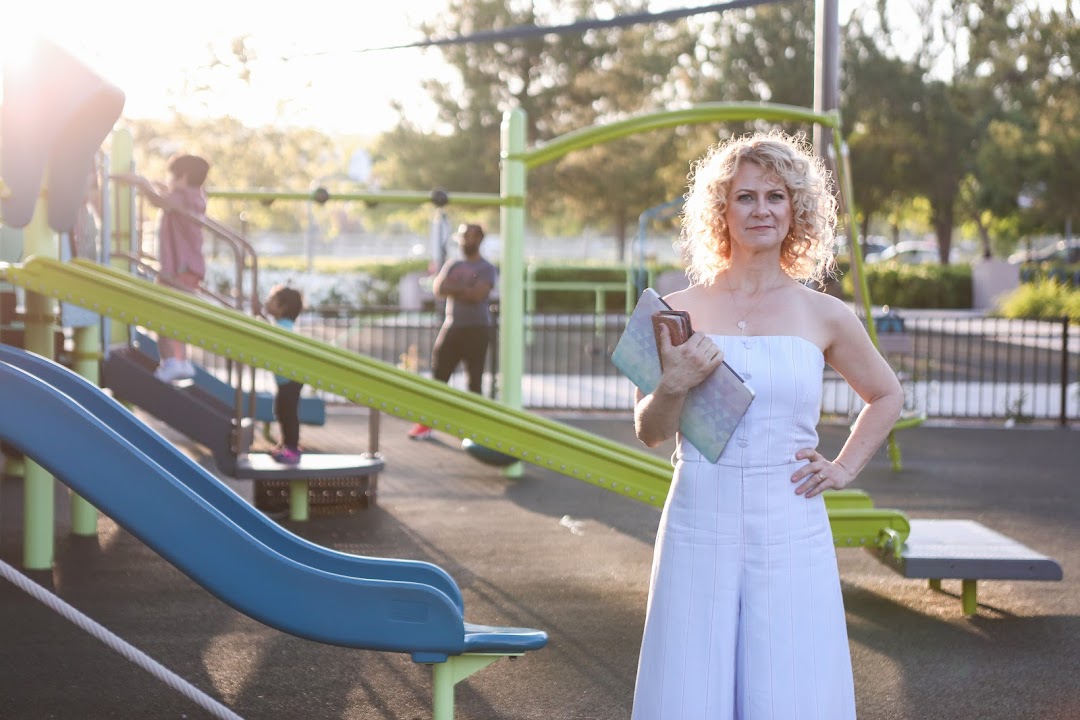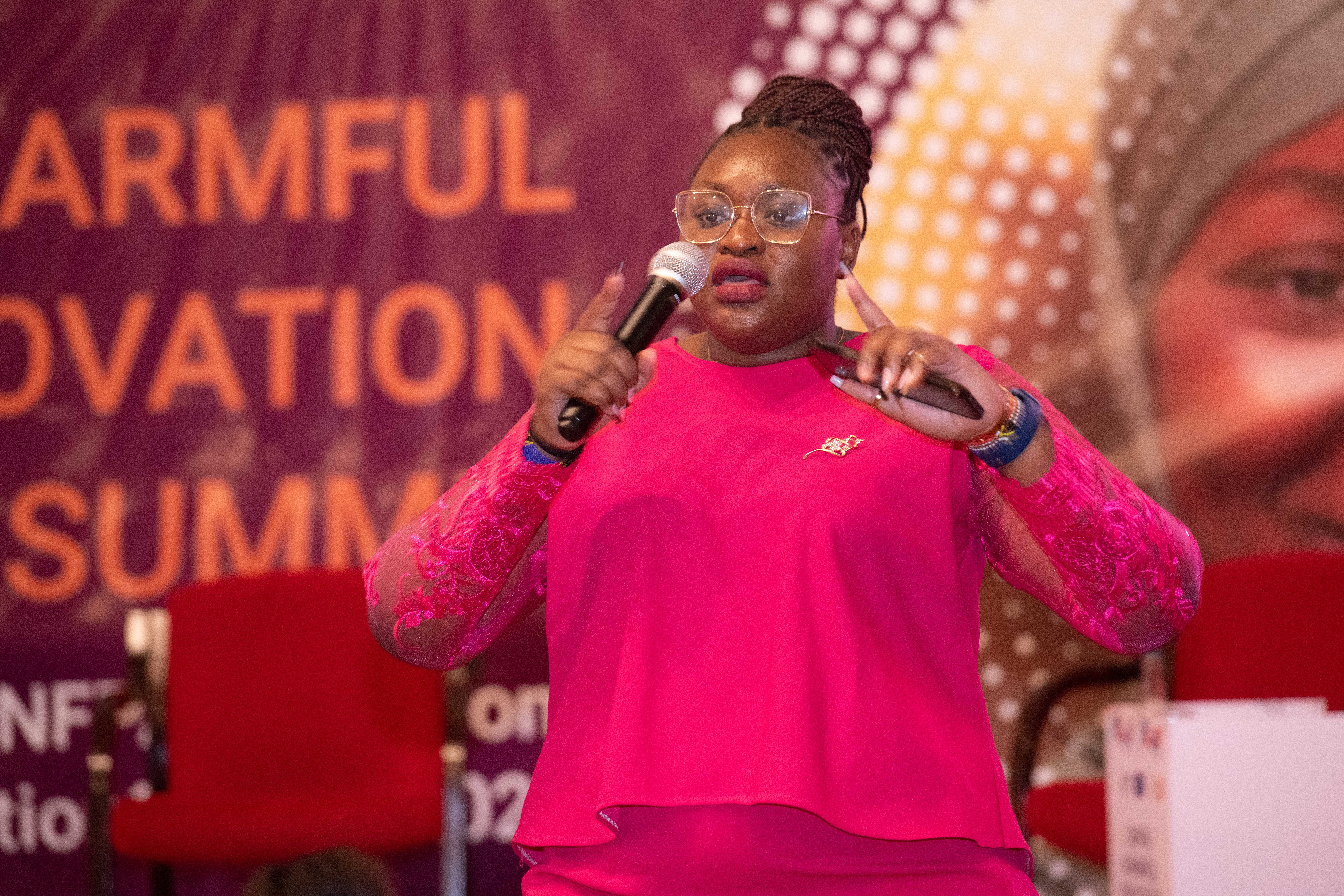Putting a halt to blindness
As a full-time carer for her husband, Katy Styles couldn’t afford to lose her eyesight to glaucoma.
“My mother has glaucoma, my grandfather and both grandmothers had glaucoma, so I have always been aware of the condition,” Katy tells This Is MedTech. “I have my eyes regularly checked and once I got to 40 my eye sight tests became free, because of the family history. So, I’d been having my eye pressure checked regularly for ten years.”
Glaucoma is a group of eye diseases that cause progressive damage of the optic nerve at the point where it leaves the eye to carry visual information to the brain. Usually, it’s caused by fluid building up in the front part of the eye, which increases pressure inside the eye. Without treatment, it can eventually lead to blindness. In fact, the World Health Organization (WHO) estimates that 4.5 million people around the world are blind because of the condition.
Most glaucoma is ‘primary’, in other words it occurs without a known cause. ‘Secondary’ glaucoma, like Katy’s, can occur as a complication of other visual disorders. “My glaucoma story is different to most,” explains Katy, who developed it following complicated surgery for retinal detachment. “To come through all of the detachment surgery and the follow-up surgery, and then to get the diagnosis of glaucoma was particularly hard,” she says. Among other things, it meant moving eye teams, meeting a new consultant and learning to trust them in a short space of time.
“I had some pain in my eye as the pressure built up, but as I’d had so much surgery it was to be expected. I didn’t notice that my peripheral vision was affected, although it had been,” she notes. Initially Katy was treated with eye drops but because of allergies and asthma, this type of glaucoma treatment was proving tricky. At a follow-up appointment, doctors said that the pressure was still building up in her eyes. “I was told that laser treatment was available and that I needed it that day,” she says.
“Whilst scary, the consultant explained the procedure, the benefits and told me it was, in my case, the best option. The hard part was processing the information about the procedure and letting my family know what was happening without scaring them,” recalls Katy. “I was given a leaflet and it explained the laser surgery and I was able to take a photo with my phone, send it to my husband and this enabled him to understand what was going on and why I was going to be home later. Because of my previous eye surgery, a 15 to 30- minute procedure seemed easy.”
Two months later, she is doing well and does not need to take any eye drops. “I am so lucky that I got the laser treatment that day and know that it’s the best treatment on offer for me at this time,” comments Katy, who runs the We Care Campaign to raise the profile of unpaid carers in the UK.
“Having my own eye condition has been particularly hard as I have needed friends and family to step in and help care for my husband, who has a rare disease of the motor neurones called Kennedy’s Disease,” she points out. “It’s made me more determined to ensure that carers are better identified and supported.”
Glaucoma is the second most common cause of blindness globally. Due to the silent progression of the disease – at least in its early stages – up to 50% of affected people in developed countries aren’t even aware they have it. This number may rise to 90% in underdeveloped parts of the world. World Glaucoma Week 2019 aims to spread the word about the importance of regular eye checks to detect glaucoma earlier and prevent vision loss.






